By Sam Robinson
We’ve all been there. You go to a training program and get an enormous volume of course materials. You tell yourself that this time it’s going to be different: you will implement this stuff at work. And then… nothing.
If you’ve ever been in a position to design leadership development programs, then you will know it’s not a straightforward exercise. Effective leadership development doesn’t happen by accident. Program design requires creativity and skills to make sure the learning contributes directly to outcomes at work. In terms of implementation, it takes discipline and resilience to guide participants through to results. Here are some critical issues – and a few ideas – that need to be tackled in order to implement an effective leadership development program.
WHAT IF WE DON’T HAVE A CLEAR PURPOSE? HOW TO DEVELOP A CLEAR AND UNAMBIGUOUS PURPOSE OF THE PROGRAM?
Purpose is an essential step in the early phases of leadership program design. The purpose is the “what” do we want to achieve through this program. This starts to set the parameters of the program and avoids the risk of the program being a smorgasbord of many objectives that ultimately fails to achieve much.
Is it about preparing leaders to undertake an upcoming change program? Is it about relationships – working together more effectively to achieve better results? Is it about preparing the next generation of leaders to take on future challenges as they move into more senior roles?
Alarm bells for me are raised when the purpose isn’t clear. A purpose is not the same as a set of objectives. This might seem harsh, but almost anyone can come up with a set of objectives for leadership programs. To come up with a clear and inspiring purpose statement, it takes thought, collaboration, insight, and ultimately clear decision-making by a leader.
HOW TO INVOLVE PARTICIPANTS’ LEADERS IN THEIR LEARNING AND IMPLEMENTATION?
Leadership creates and maintains the culture, and this ultimately delivers the results – good or bad. Effective leadership development creates an environment where people achieve their full potential. This means that the leaders of participants in leadership programs have a crucial role to play. They need to be aware of this from the outset.
Ideally, participants’ leaders will be familiar with the content of the program and already applying it themselves. This reinforces the credibility of their role as a mentor and coach of their participant. Also, they need to monitor and critically assess the work that their participant is doing to implement the material. Effective leadership programs put participants at the centre of the action – not the facilitators or the theories or models or tools. This means taking the results of participants’ work on the program seriously. Assessments from the program must be “real” work and it must be reinforced by participants’ leaders as “real” work.
At LKS Quaero, we love designing leadership programs that get results. If you’d like to know more, visit us at lksquaero.com or follow us on LinkedIn, Facebook, and Twitter.










